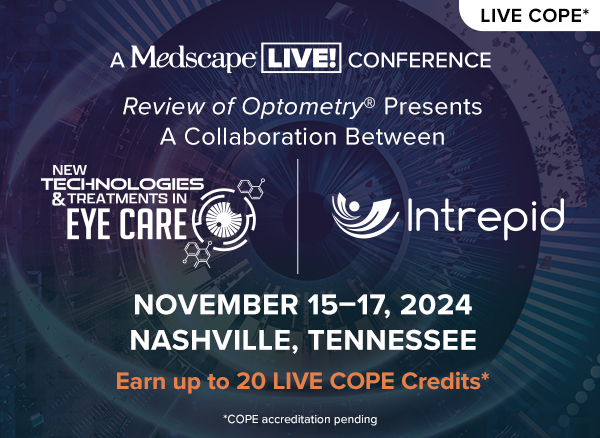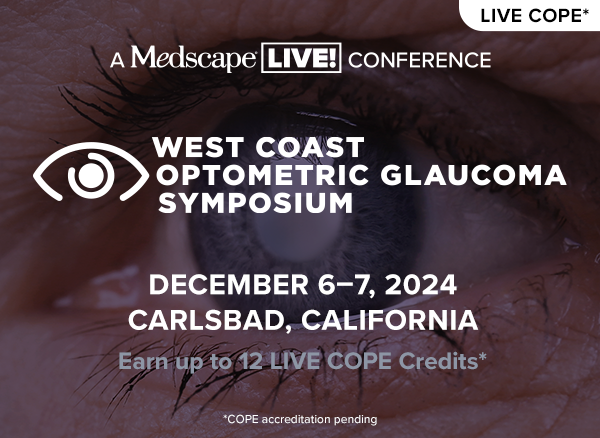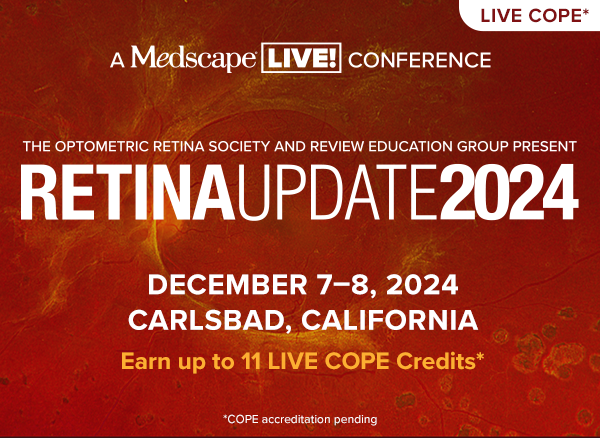The Skeptical Eye: Why and How to Interpret Medical Research Critically
This article, Part 2 in a new series on interpreting medical research, will teach readers to think critically about the methodology and conclusions of scientific studies. You may wish to refer to Part 1 in the September issue, which lays the groundwork with a series of definitions and concepts that are the stock in trade of medical research.When Ophthalmics and Neuro Collide
Many ocular conditions can overlap or masquerade as suspected central nervous system tumors. Here are some cases to consider for distinguishing one from another.
Neurodegenerative Disease: Uncovering the Ocular Connection
The eye has recently been catapulted forward as a window inside the brain’s function, due to derivation from the same embryonic cells. We can use certain biomarkers to diagnose better or prevent these debilitating conditions.
Practical Neuro-Ophthalmic Disease Management
With knowledge and experience, many patients with these disorders can be managed in an optometric practice.
Guidelines For IIH Management in Optometric Practice
Explore the causes and symptoms of this condition as well as effective management strategies.
The News Feed
Over Four Million Americans Have Glaucoma, Study Finds
AMD, Glaucoma Associated with Heart Failure, Dementia
IOP, c/d Ratio Greater in Affected Eyes with Iris Melanoma
Glaucoma Risk increases 20% Per Diopter of Myopia, Study Finds
Study Shows Referral Delay in Black vs. White NAION Patients
OCT-A Detects Early Microvascular Changes in Eyes with NPDR
Study Characterizes Acute CRAO Presentations, Outcomes
Deeper Macular Staphyloma Increases Retinoschisis Risk
Post-op Endophthalmitis Rates Lower in Cases of IOL Exchange
Black Glaucoma Patients Less Likely to Undergo MIGS Procedure
Rebound Tonometry Provided for the Seated Slit Lamp Patient
Older Age, Moderate Visual Impairment Linked to Worse GA Outcomes
Researchers Explore Possible Blood Test for AMD
Two Fundus Camera Candidates for DR Screening Show Promise
Fragmented Circadian Rhythm May Increase DR Risk
Study Describes Risk Factors for Ocular Complications in HZO
Study Identifies OCT-A Parameters to Predict DME Treatment Response
Research Uncovers Differences in MNV Response to Anti-VEGF Therapy
Be on Guard for Fellow-Eye Disease in PXS
Hydroxychloroquine Intake Impacts ONL Thinning
Myopic Kids More Likely to Experience Dry Eye than Non-myopes
Atrial Fibrillation Accelerates VF Loss in Glaucoma Patients
Primary Systemic Vasculitis-associated Optic Neuritis Yields Poor Prognosis
Look Inside The Current Issue
Features
The Skeptical Eye: Why and How to Interpret Medical Research Critically
Guidelines For IIH Management in Optometric Practice
Neurodegenerative Disease: Uncovering the Ocular Connection
Practical Neuro-Ophthalmic Disease Management
The Cranial Neuropathies: Oculomotor, Trochlear and Abducens
When Ophthalmics and Neuro Collide
Departments
A Hole in the IRIS
Disaster Waiting to Happen
How to Lose a Patient
Making Contact
Nutrition’s Second Act in Dry Eye Disease
Ozempic on the Loose
Supporting Corneal Repair
Update on Endo
VEP to the Rescue
Upcoming Events
Continuing Education
Guidelines For IIH Management in Optometric Practice
Can You Spot these Drug-induced Ocular Side Effects?
A Stepwise Approach to Diagnosing Dry Eye Disease
When Its Not Amblyopia: The Differential of Functional vs. Pathological Vision Loss
Additional Publications
-
Wellness Essentials for Clinical Practice - 4th Edition
In this special annual supplement, members of the Ocular Wellness & Nutrition Society (OWNS) contribute 10 articles on the intersection of physical wellness and eye health.
Supported by Bausch + Lomb
Two Torics, One Unmatched Design
A Breakthrough in Nutritional Supplementation for Dry Eyes
Annual Contact Lenses and Lens Care Guide - 2024
Practical Matters in Myopia Management - 2024
July Ophthalmic Product Guide
Review of Cornea & Contact Lenses
-
Avoid These Common Scleral Lens Mistakes
Novices may be unaware of certain intricacies these lenses possess, which can make a big difference in outcomes. -
Clinical Applications of Today’s Scleral Lens Research
Catch up on the latest findings and how they can apply to clinical practice. -
Scleral Lens Design: Beyond the Vault
Creating proper secondary and peripheral curves helps prevent issues of comfort and vision quality. -
Overcoming Obstacles with Scleral Lens Fitting
Follow along with these two tough cases to sharpen your techniques and help set expectations for patients with severe corneal compromise. -
Master Elevation-driven Contact Lens Fitting
See how prioritizing sagittal metrics is changing the approach to design across modalities. -
Lessons Learned at ARVO 2024
An abstract review of the latest, intriguing and clinically practical cornea and contact lens research papers presented at this year’s meeting.

Women In Optometry continues to be published online, with regular updates on practice design, practice success, news, trends and perspectives. Visit womeninoptometry.com.



























